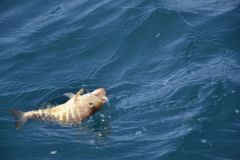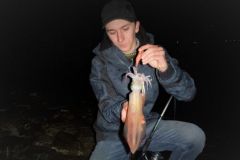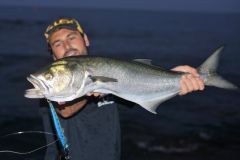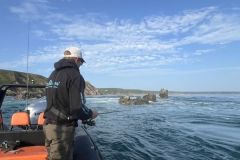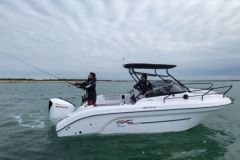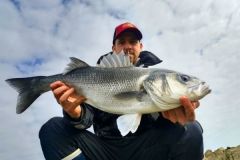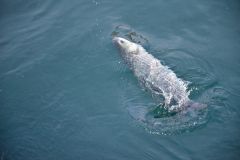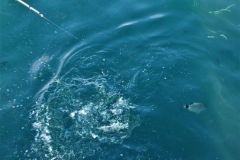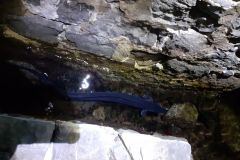Wind speed
Wind is a meteorological phenomenon that is often encountered at the water's edge. Depending on its speed, the wind creates conditions that are either favorable or unfavorable for fishing.
Wind speed is probably the most important factor since it dictates whether or not the sea is fishable. A very strong wind creates large waves and can make a fishing trip dangerous.
From the shore, the wind speed can prevent us from positioning ourselves in front of it and inevitably limit the spots. However, we can use it by placing our back to him to increase our casting distances.
In a boat, even in an area sheltered from the waves, the boat will drift at high speed and limit our fishing possibilities. A strong wind that creates water movements also induces the presence of current. This current can remain for a few days after the wind disappears.

Cold wind and fishing
Winds generally have names that characterize them and allow us to identify them. For example, I will quote the mistral, wind of the South-East of France.
The mistral is a wind that blows mostly from the northwest, cold and very violent. It is a wind that blows down the Rhone valley and inevitably carries with it the cool temperatures of the altitude. When the mistral blows, the water temperature drops and the surface is strongly stirred. These two phenomena allow a better dissolution of oxygen in the water. A summer mistral will therefore be very interesting for fishing since the warm and low oxygenated water will be renewed. All fishes need oxygen and will be very happy to get closer to the surface in such a situation.
On the other hand, a winter Mistral will cool down an already cool water even more and will make the fish sink in the water layer. It is therefore important to understand the effects of a wind according to the season.

Warm wind and fishing
Just the opposite of the mistral, the sirocco is an example of a wind that comes from the Sahara and is therefore very hot. The sirocco usually blows from the south southeast and brings with it the temperature and dust of the world's largest hot desert.
A warm wind has the opposite effect to a cold wind. A warm wind, although it stirs the surface of the water, does not lower the temperature of the water and therefore oxygen is less likely to dissolve. In the summer season, fish will flee the surface when a warm wind occurs. The thermocline can then drop several meters in depth and cause the fish to change their behavior.
Generally speaking, a sea wind will push fish towards the shore thanks to the currents it creates. This phenomenon is important because it allows us to fishing for pelagic species near the coast, of which one example, the dolphinfish this is an exotic fish that thrives in very warm waters. The forage fish will also be pushed to shallow areas and all predators will take advantage of the opportunity to feed abundantly.

 /
/ 



